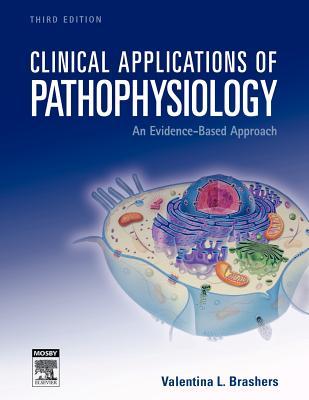- Consistent presentation of each disease includes definition, epidemiology, pathophysiology, patient presentation (history, symptoms, and examination), differential diagnosis, keys to assessment, and keys to management.
- Algorithms are used to illustrate the sequential action of disease processes.
- Unique! Clinical link diagrams for each disorder clearly illustrate how pathophysiologic concepts play a role in patient care.
- Unique! Critical thinking questions in a fill-in-the-blank format in included for every case study to promote continual clinical reasoning based on the available data.
- Case studies give students the history, physical examination, lab and diagnostic test results, and course of treatment for a hypothetical patient.
- Up-to-date bibliographies provide reading lists of the most important and current research published on each disease.
- Perforated pages allow students to fill out the answer spaces in the case studies and turn them in to their instructors for evaluation.
- Suggested answers with rationales to case study questions are available to instructors who require the book, to facilitate the use of the cases as class assignments.
- Table of laboratory test values for quick reference.
